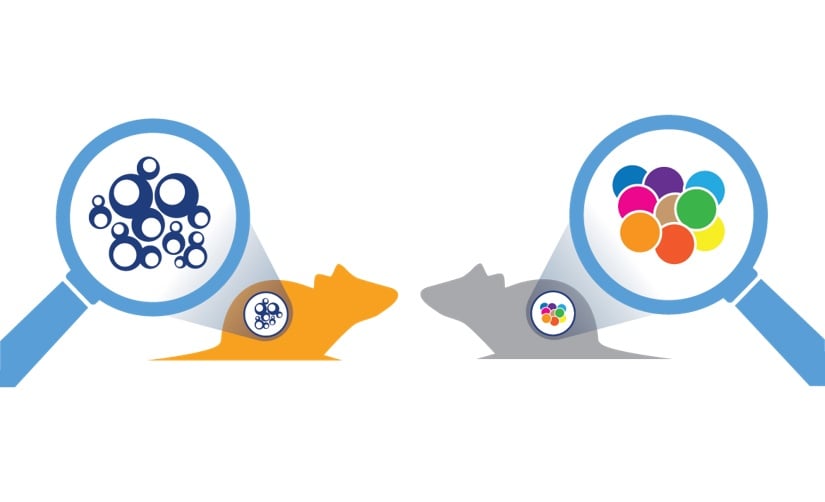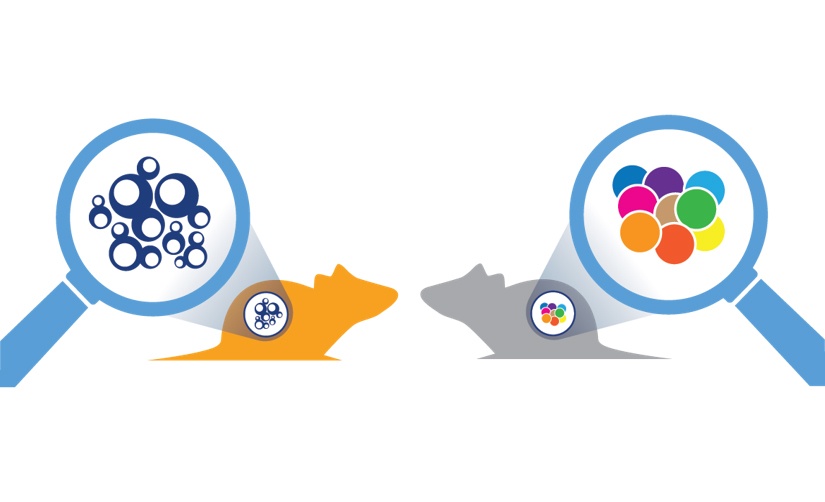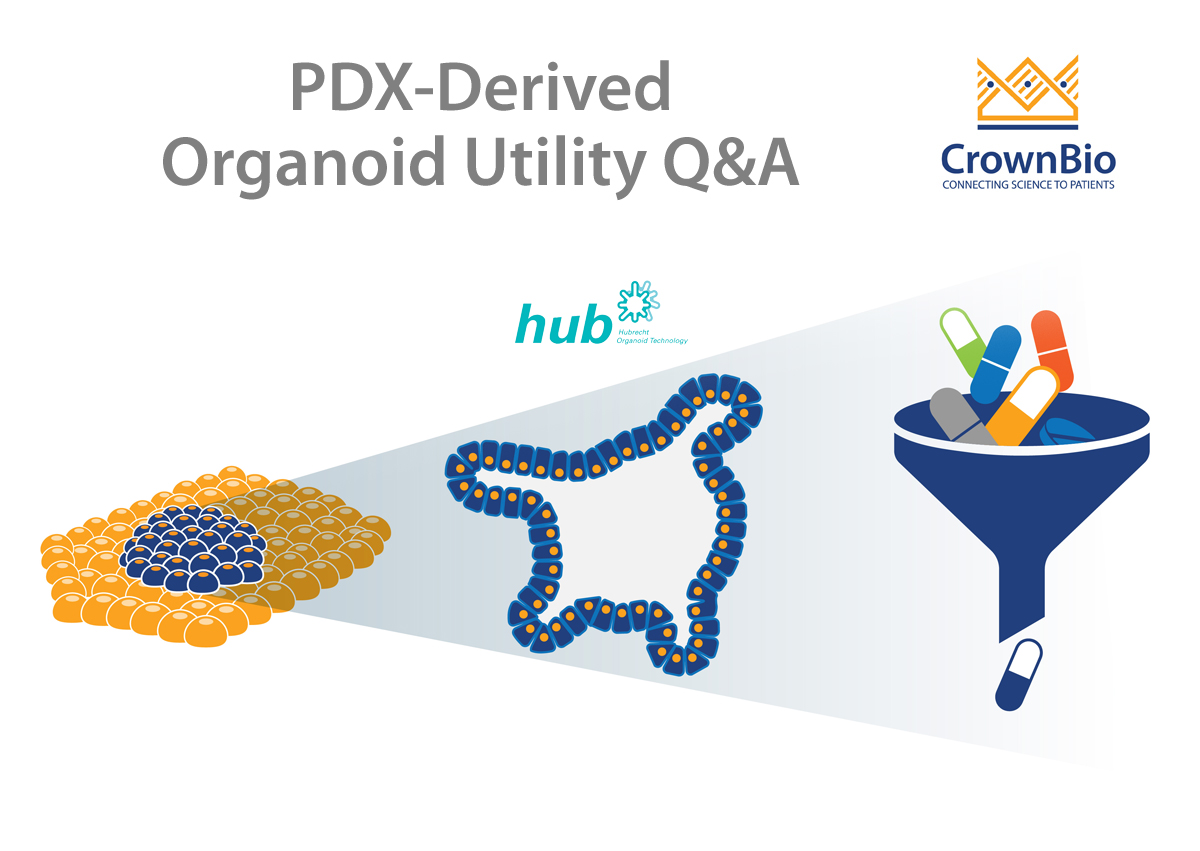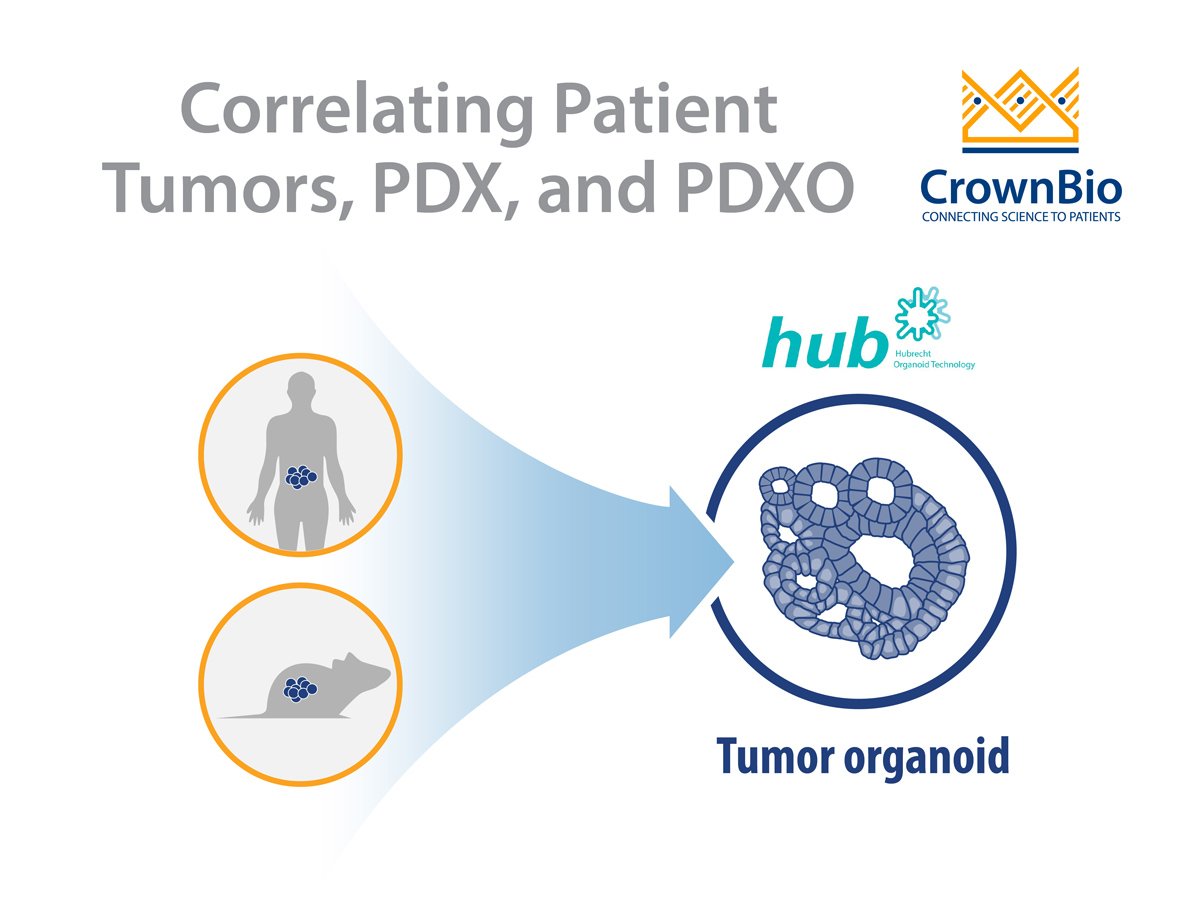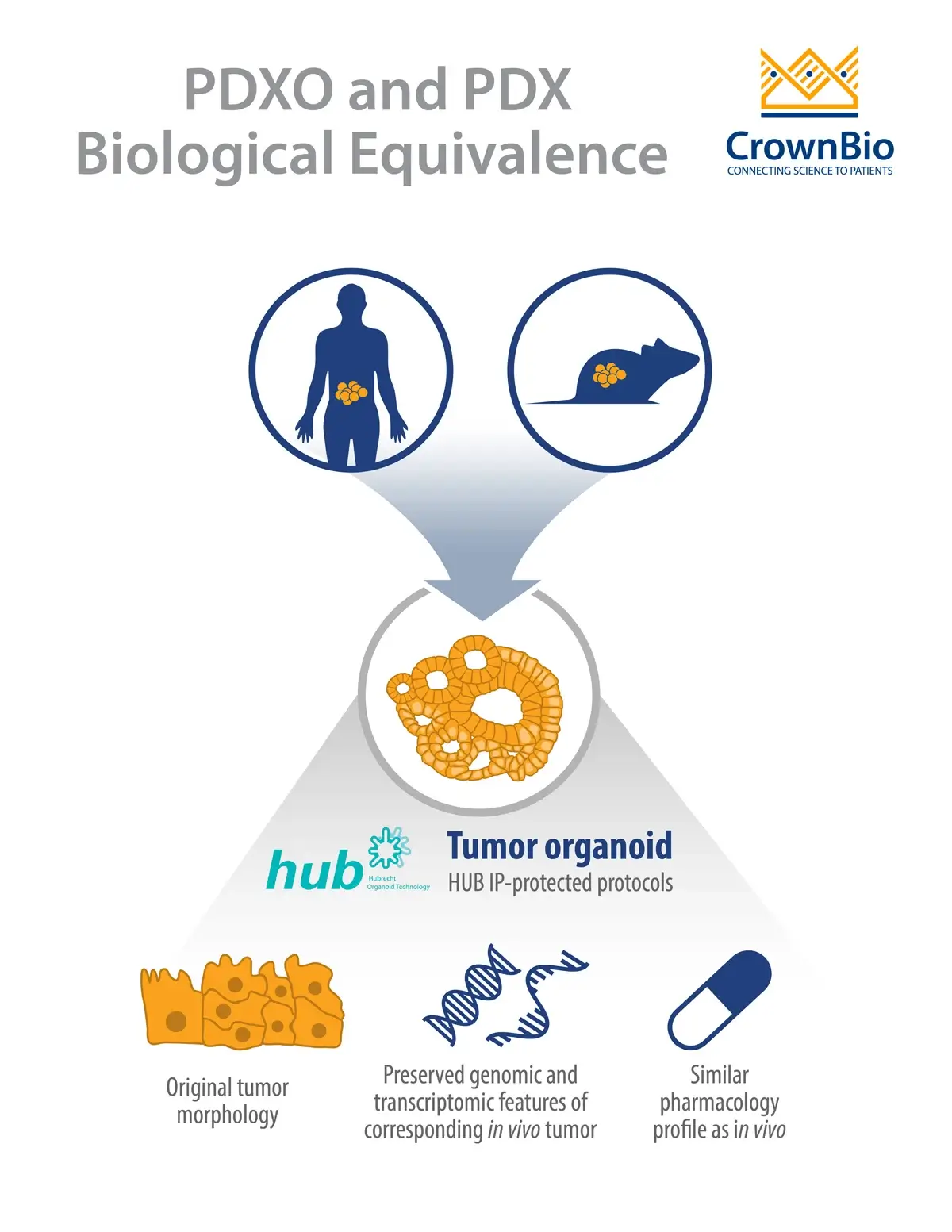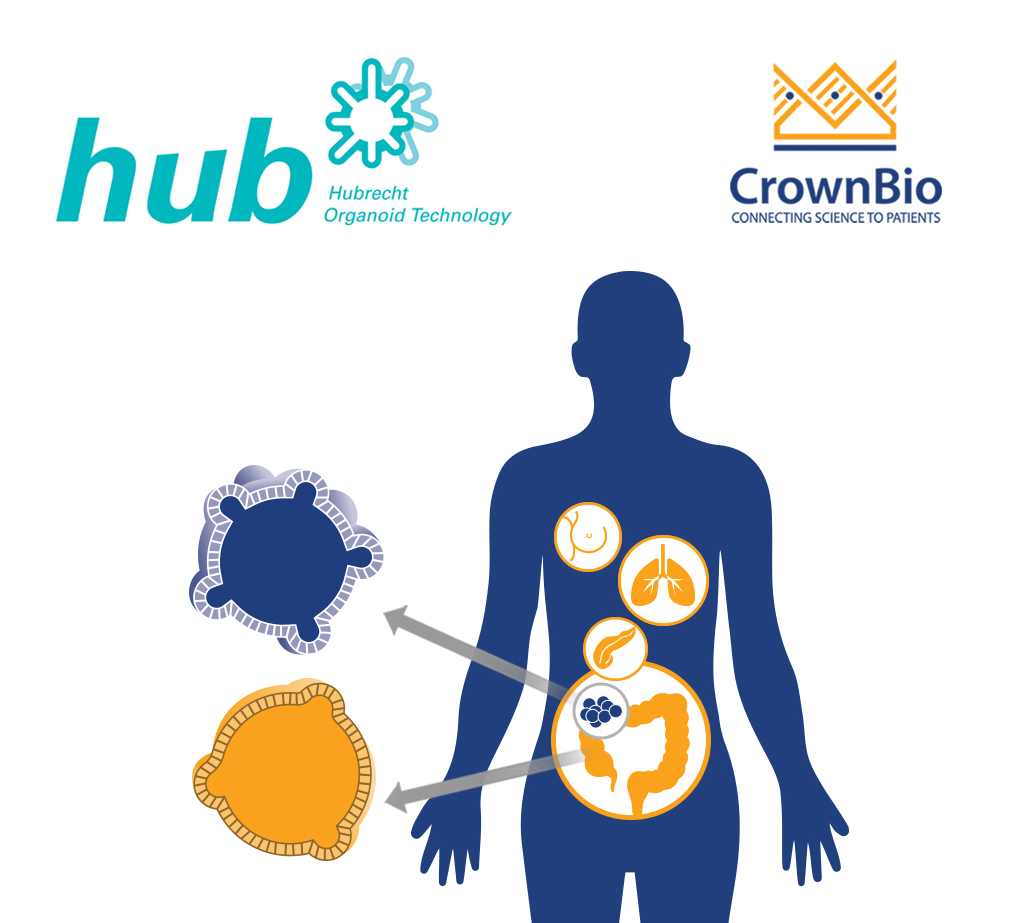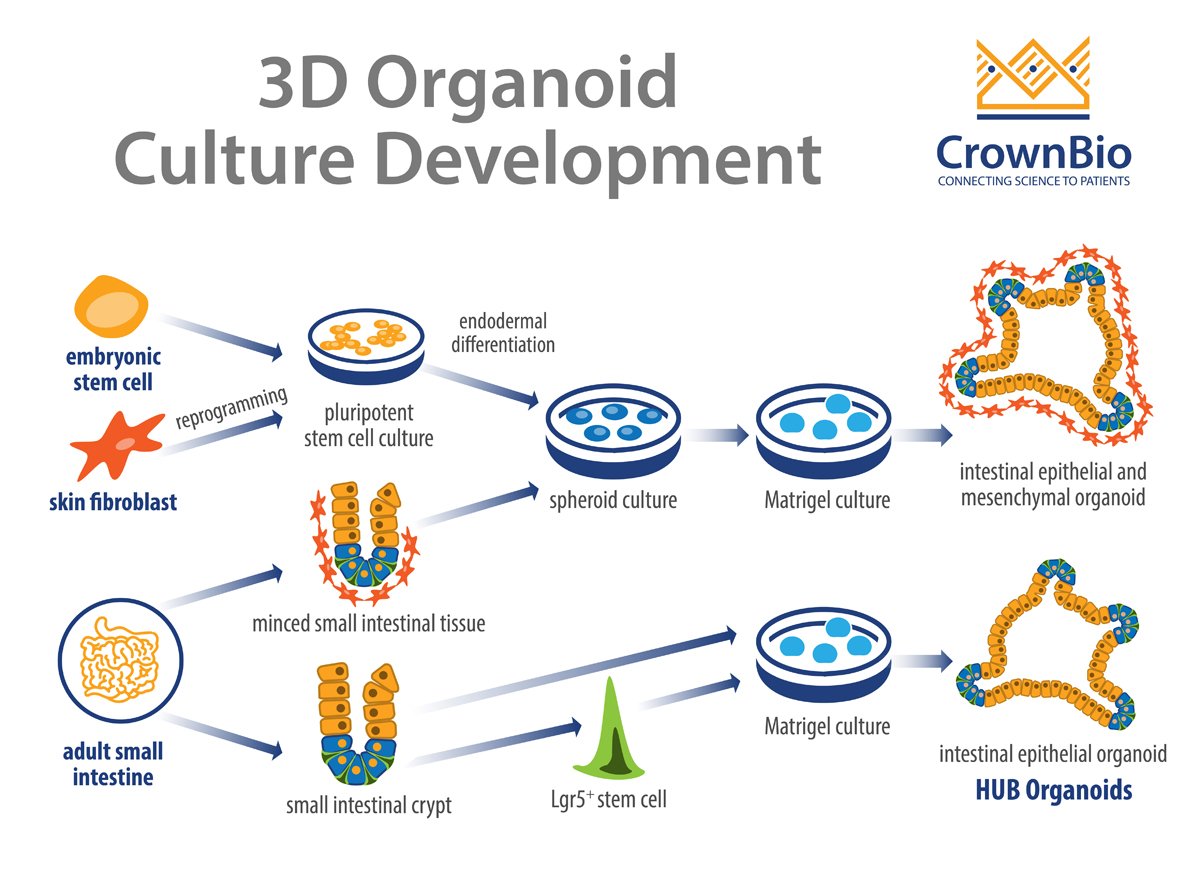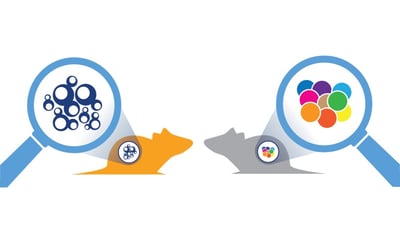 Mouse models are a mainstay of preclinical cancer research, and immunocompetent model use is rising with continued interest in immuno-oncology. Two of the most widely used immunotherapy research models are syngeneic and genetically engineered mouse models (GEMM), but which best support your strategic research goals?
Mouse models are a mainstay of preclinical cancer research, and immunocompetent model use is rising with continued interest in immuno-oncology. Two of the most widely used immunotherapy research models are syngeneic and genetically engineered mouse models (GEMM), but which best support your strategic research goals?
Syngeneic Mouse Models
Most Widely Used Model for Immunotherapy Efficacy Studies
By far the most-utilized models for preclinical immuno-oncology pharmacology studies are syngeneics. These models are allografts of immortalized mouse cancer cell lines, developed from either spontaneously arising tumors in older mice or from carcinogen induction, engrafted into an immunocompetent mouse of the same inbred strain. Tumor rejection doesn’t occur due to the identical host and cell line strains, creating an immunocompetent model for immunotherapy assessment.
Immunocompetence is the main feature of syngeneic mouse models, which feature full murine immunity and comprehensive stroma. Another key factor in their increased use is their relative simplicity compared with other immunocompetent models; syngeneics have 100% penetrance and subcutaneous injections can be carefully timed to synchronize tumor development and mimic xenograft study design.
Furthermore, there is a large repository of published literature using these models for testing immunotherapies. This can be used as a point of comparison with novel agent data, effectively making them the “industry standard”.
Syngeneics and Combination Immunotherapy Studies
Syngeneic models have important roles in immunotherapeutic assessment, the first being combination studies, particularly using checkpoint inhibitors. Syngeneic model panels can be extensively characterized (e.g. cell lines and tumors RNA sequenced, immunophenotyping, biomarker identification) and this data combined with in vivo efficacy benchmarking profiling results from common checkpoint inhibitors (anti-PD-1, PD-L1, CTLA-4).
Syngeneic model panels can also be used to fast-track immunotherapies and combination regimens through large scale screening.
Disadvantages of Syngeneic Mouse Models
As with all model systems, syngeneic models do have their drawbacks. As a result of their non-synonymous mutations, syngeneic models often have a neo-antigen load significantly higher than found in most human cancers.
Also, the limited number of cell lines means that certain types of cancers are underrepresented, such as lung cancer. Not all model types or subtypes are available.
Genetically Engineered Mouse Models (GEMM)
Ideal for Studying Cancer Progression and Agent Mechanism of Action
Genetically engineered mouse models (GEMM) demonstrate the role of specific genes in tumor development. Certain genes which are strongly associated with tumor progression and development are deleted, overexpressed, or mutated, causing spontaneous tumor formation.
As with syngeneics, the GEMM’s key feature is their fully-competent murine immunity and comprehensive mouse stroma. This makes these models useful in immunotherapy assessment.
Additionly, GEMMs provide unique opportunities to study the way tumors develop, since the tumor tissues are not transplanted but arise spontaneously. This means that tumor growth mimics primary human tumor growth, accompanied by features such as profound immune suppression and escape from immune surveillance. GEMM can therefore be used to interrogate the complete process of cancer progression and assess where stimulating the immune system might be most beneficial.
There is a large collection of GEMM available, covering many common cancer indications e.g. lung, prostate, breast, colon, and pancreatic cancers, compared with syngeneic models, for example, for which there are a limited number of cell lines.
Disadvantages of Genetically Engineered Mouse Models
With the wide variety of well-characterized GEMM available, featuring tumors with a clear molecular pathogenesis of disease within an immunocompetent setting, GEM models have many advantages.
However, with long latency periods, mice develop disease at different stages and 100% penetrance is not achievable. Therefore, GEMM can make in vivo pharmacology experiments very long and challenging to stage without a rolling enrollment approach. This results in complex and costly long studies.
GEMM-Derived Homograft Tumors as a Pharmacology Study Platform
To overcome this, the use of homograft fragments of GEMM spontaneous tumors, engrafted in syngeneic mice with a complete immunocompetent system, provides a system combining the strengths of GEMM with an improved approach (operational simplicity, consistency, and the robust growth).
Moreover, GEMM-derived homograft models demonstrate lower mutational burden than in syngeneic lines, due to the use of strong oncogenic driver(s) and tumor suppressor losses to enable carcinogenesis.
Next Generation GEMM
Another way to overcome GEMM limitations is through next generation models:
- Conditional GEMM: These models allow induction of tumor onset and progression in a cell lineage/tissue specific manner.
- More recent advances in technology (e.g. CRISPR/Cas 9 gene editing, RNAi, viral delivery) have resulted in GEMM with on and off gene manipulation. This can sequentially or simultaneously disrupt multiple oncogenes and/or tumor suppressor genes to truly mimic human disease development.
Overall, this shortens timelines compared with tumor development in traditional GEMM.
Humanized Models Still Required to Test Human-Specific Agents
The main drawback of both GEMM and syngeneics is that their biology is mouse, not human. Human-specific immunotherapeutics cannot be tested unless either a mouse orthologue exists to be exploited, or the test agents cross reacts with the murine target.
Mouse biology can also differ significantly from humans, particularly when using immunotherapies, and this needs to be considered when using this platform. When testing human-specific agents, humanized/drug target humanized models need to be used.
Nevertheless, syngeneic and GEMM models remain a useful tool for immunotherapy research. Hopefully this post has shown how their limitations can be overcome to develop improved models to enhance immunotherapy assessment.
Further Reading
Li et al. Experimental animal modeling for immuno-oncology. Pharmacol Ther. 2017;173:34-46.

